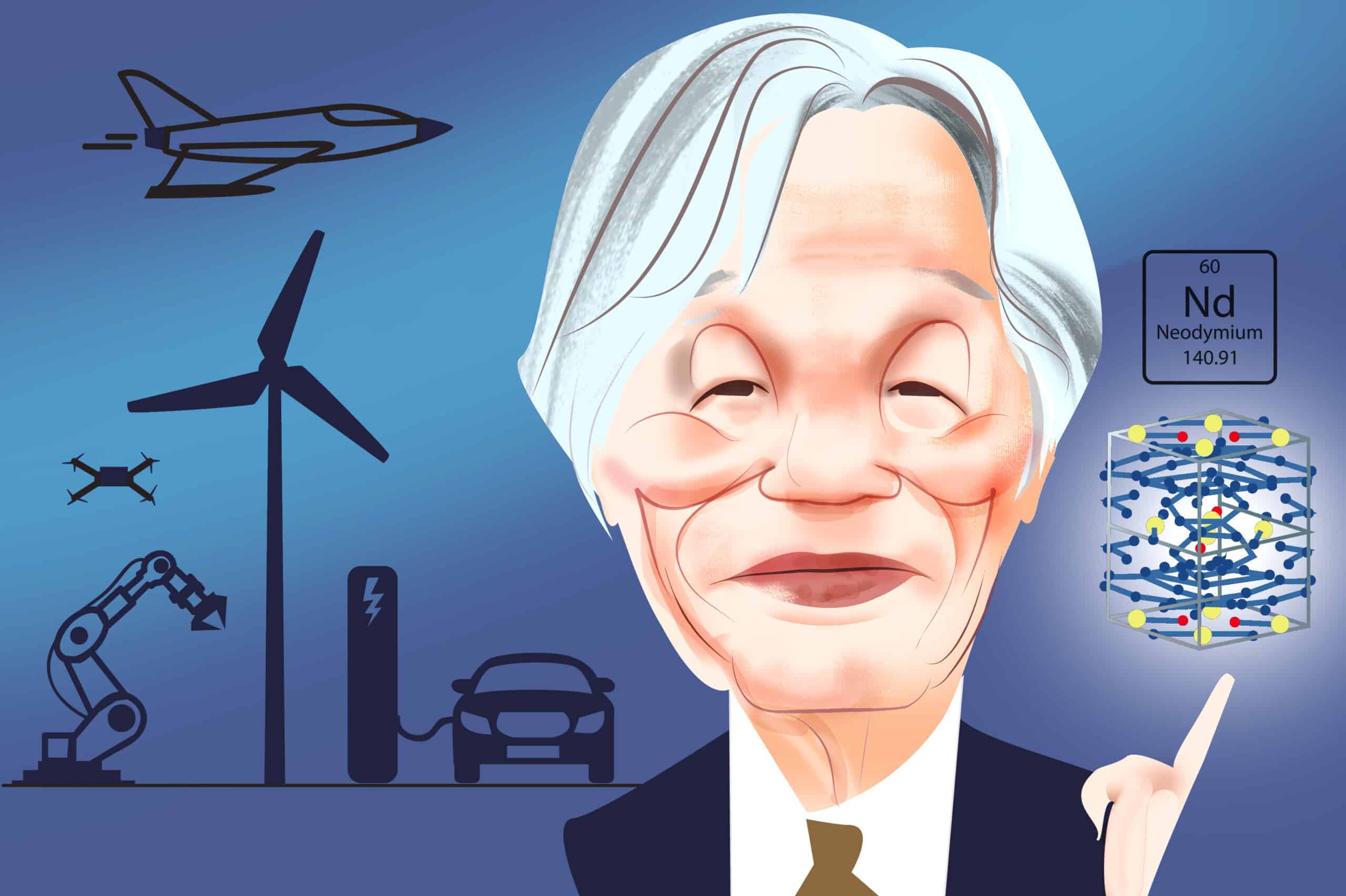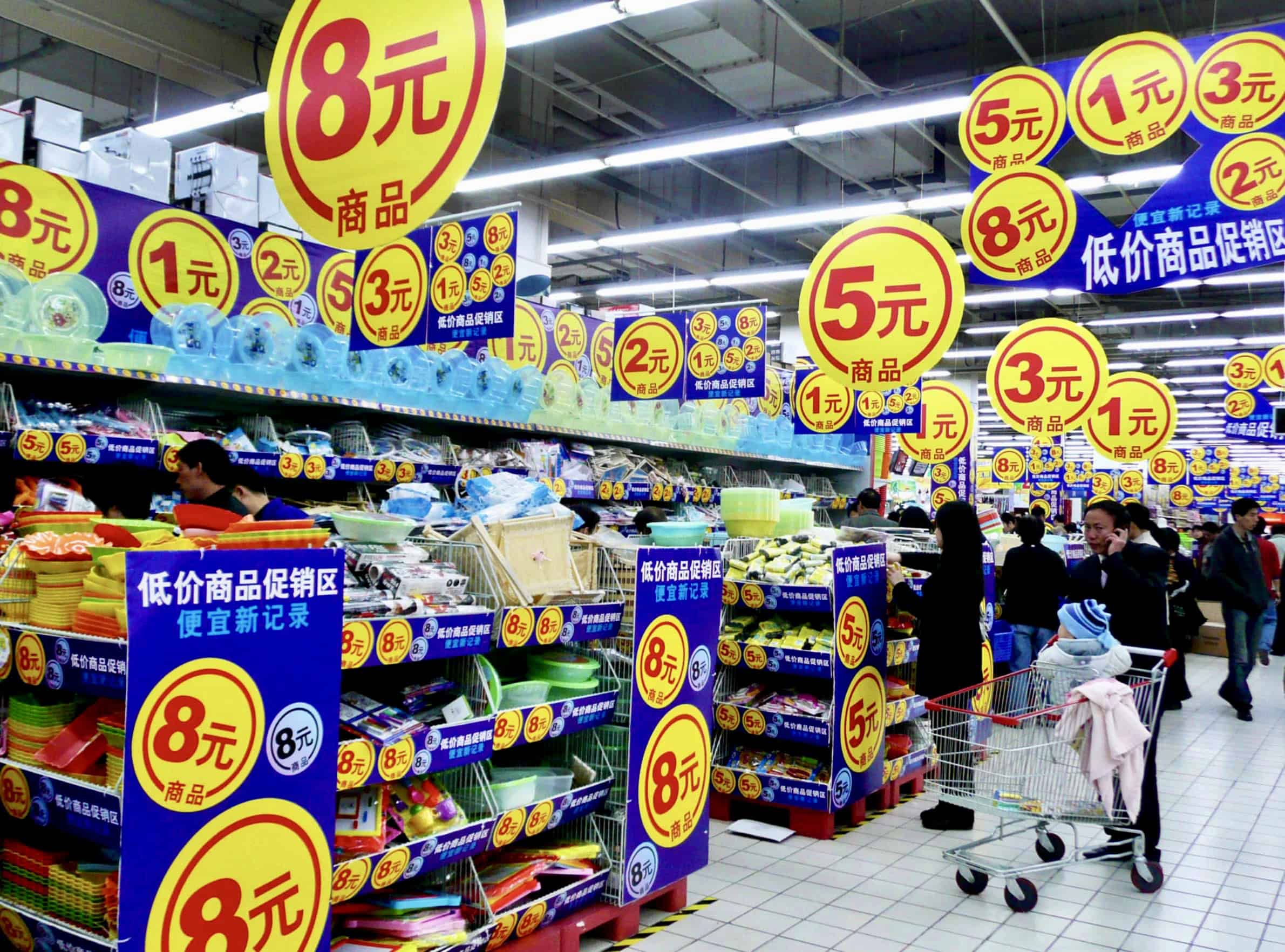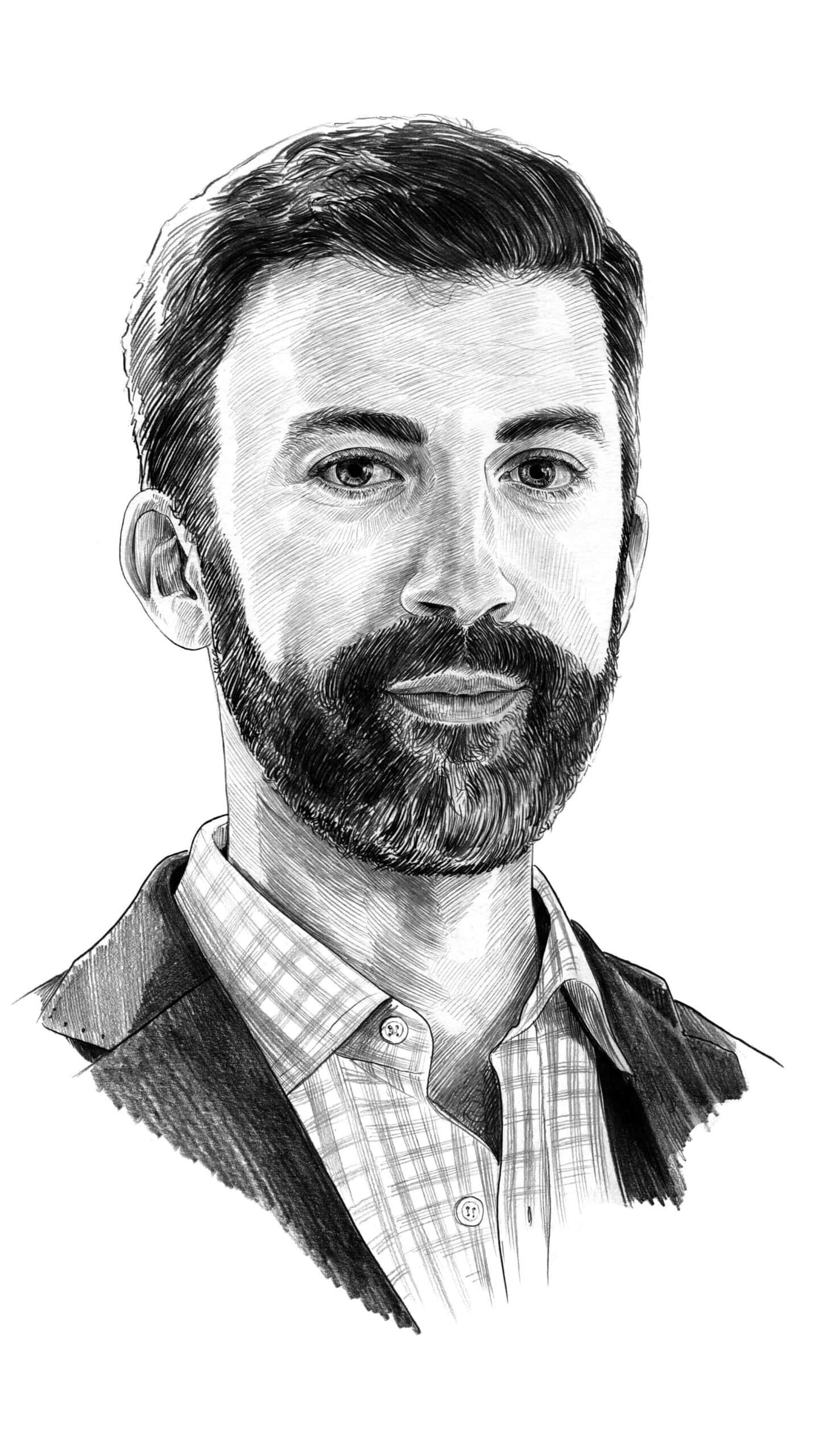Credit: Karen Mardahl, Creative Commons
It starts strangely, for a book about New York: “Confucius once said that after he had reached forty years of age he had no more perplexities. I am now well over the halfway point of my life-span and yet introspection makes me more bewildered every day.”
But then everything about the book seemed peculiar: its rice-colored spine shone like a snaggletooth among all of the red ones lining the Strand’s China shelves. After moving from Beijing to Ne
Navigate China's Business Landscape with Confidence.
- Gain visibility into supplier risks
- Easily manage trade compliance
- Conduct in-depth due diligence



